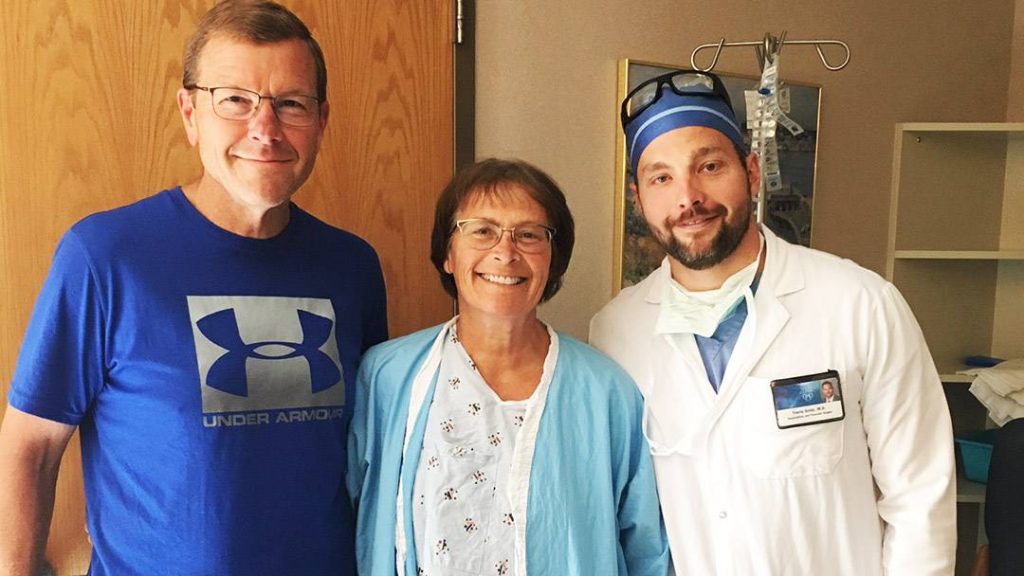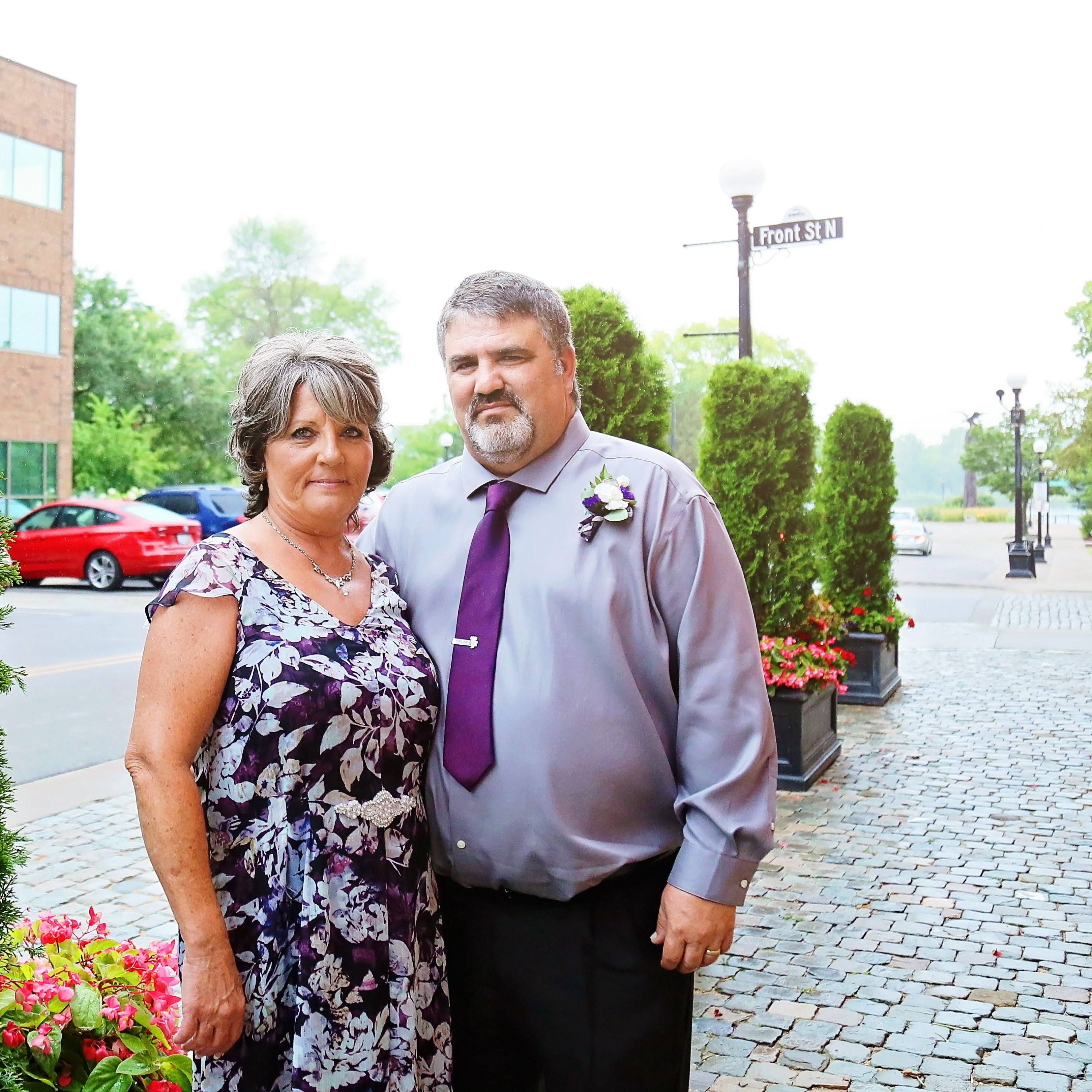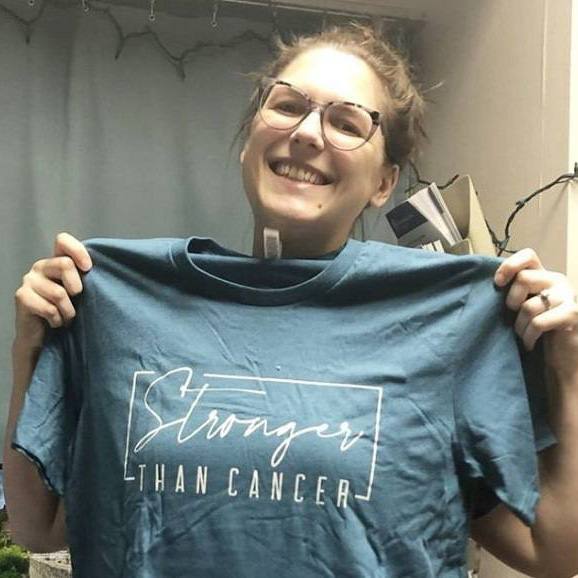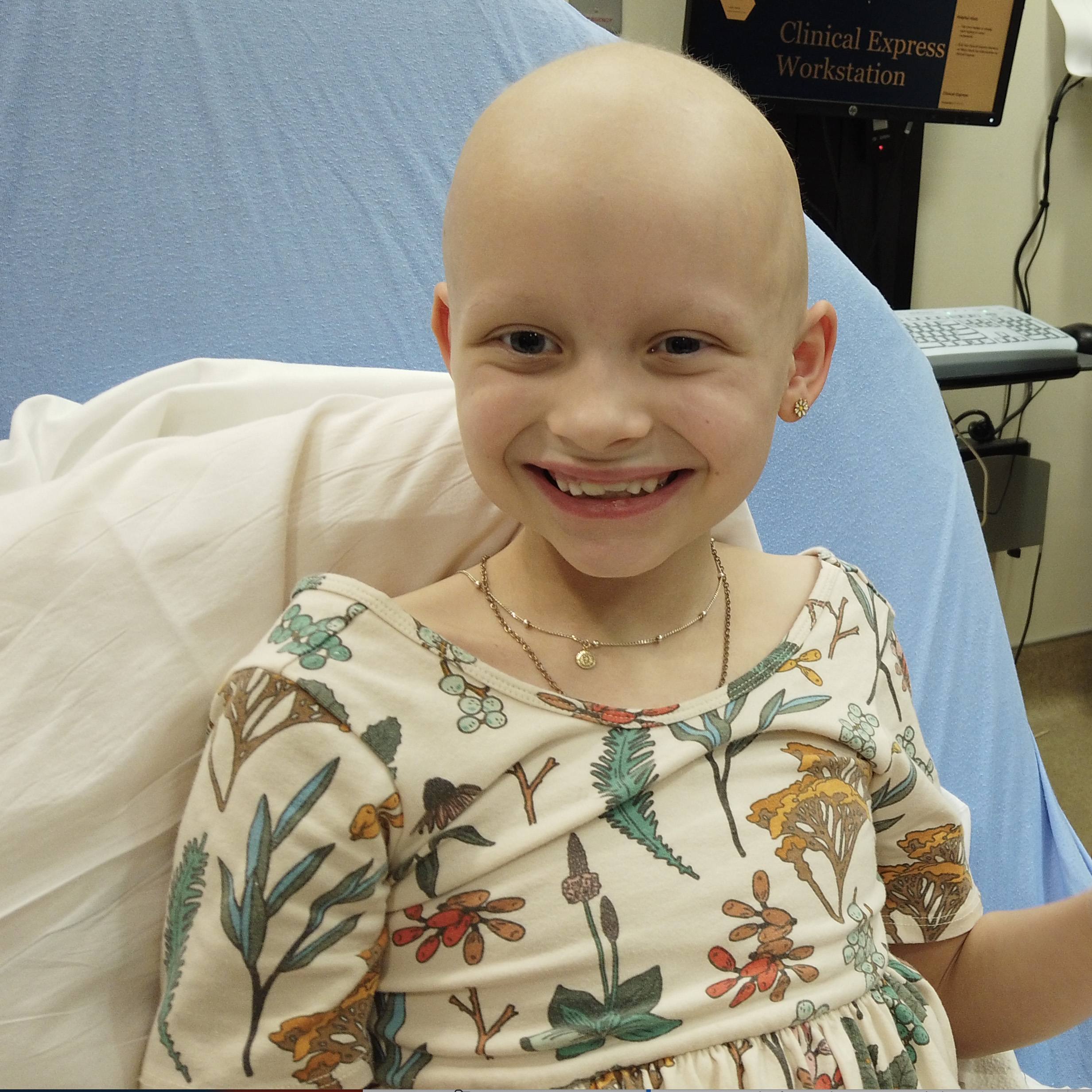
LeAnn Kuper couldn't have been more surprised when she was diagnosed with advanced colon cancer and told it was incurable. Despite that shocking news, the upbeat interior designer was undeterred. LeAnn took her case to Mayo Clinic and found a determined physician who offered her a promising alternative.
All her life, LeAnn Kuper had been the epitome of good health. Fit and active, the interior designer walked and sometimes ran several times a week. The wife and mother of three adult children never needed surgery, anesthesia or any sort of hospitalization beyond birthing her babies decades ago.
So in October 2018, LeAnn was stunned when, after developing a persistent fever and fatigue, she learned that she had colon cancer. When surgery to remove the tumor revealed that the cancer had spread throughout her abdominal cavity and was deemed medically incurable, LeAnn and her husband, Jody, immediately decided to get a second opinion.
LeAnn, who lives in Milbank, South Dakota, knew she wanted to seek that opinion at Mayo Clinic, but she wasn't sure how to go about it. So she picked up the phone and called her cousin, Roger Hofer, M.D., a Mayo Clinic anesthesiologist.
"Little did we know that Roger worked with Dr. Grotz, and he was the doctor we needed to see," LeAnn says. "We are strong believers, and we believe the Lord just paved the way for us."
When Travis Grotz, M.D., a Mayo Clinic surgical oncologist, heard that that the only treatment LeAnn had been offered locally was palliative chemotherapy, he knew he could provide more than that.
A few days later, LeAnn and Jody drove to Mayo Clinic in Rochester and met with Dr. Grotz. He agreed that LeAnn needed chemotherapy, but he recommended an alternate treatment plan involving surgery and hyperthermic intraperitoneal chemotherapy, or HIPEC. The plan worked. Today, there is no evidence of cancer in LeAnn's body.
"I definitely feel that Dr. Grotz has given me a second chance at life," LeAnn says. "I know there's a chance it can come back, but it doesn't have to. I feel that prayers of many, the phenomenal support of my husband and family, along with great medical care have brought me this far."
A multiphase plan
From her first appointment with Dr. Grotz, it was clear to LeAnn that Mayo Clinic was where she was supposed to be. "My husband and I both needed to hear some hope in his voice," LeAnn says. "He had a very kind and humble confidence about him. We trusted him immediately and had confidence in his abilities and experience. It wasn't that he was painting a rose-colored picture for us, but we needed hope at that point. We all need someone who will give us a chance."
Based on LeAnn's physical evaluation, lab reports and scans, it was evident that she had cancer cells throughout her abdomen. Despite that, she was a good candidate for surgery. "Her being a really healthy person, her mindset, her grit and her strength are really what helped her get through a lot of the treatment," Dr. Grotz says.
"I'm not a worried sort of person, and I had total confidence in my medical team."
LeAnn Kuper
Although patients with colon cancer that has spread outside the colon traditionally have been told it's a terminal condition, research shows that targeted interventions can improve outcomes dramatically. "In people who got only chemotherapy, research shows they do poorly," Dr. Grotz explains. "Life expectancy is 12 months, with 24 months being the highest. Treatment with surgery and then HIPEC chemo in the most recent studies suggest that if we can remove all the cancer cells, people on average survive 41 months, which equates to a 40% five-year survival."
For LeAnn, there was no question she'd follow the path Dr. Grotz had prescribed. "There wasn't a lot of gray area. It just was what it was," she says. "I'm not a worried sort of person, and I had total confidence in my medical team."
The first phase of LeAnn's treatment took place in Milbank and Sioux Falls, South Dakota, so she could be closer to home. Every other week from November to April, LeAnn received a chemotherapy infusion. When LeAnn finished 12 rounds of infusions, she returned to Mayo Clinic for imaging.
"She had a great response to chemotherapy and all of her tumor markers came down," Dr. Grotz says. The day after scans were taken, LeAnn had a laparoscopic procedure involving video monitoring to identify where cancer cells remained in her body. Based on findings from that procedure, Dr. Grotz decided to proceed with surgery to remove the areas affected by the cancer.
A precision operation, encouraging recovery
On June 3, LeAnn underwent a 10-hour surgery, during which Dr. Grotz systematically evaluated her entire abdomen. "We looked in every nook and every cranny and at every organ to see if there was any disease," he says.
While having chemotherapy before surgery significantly reduced the amount of cancer in her body, LeAnn still had a fair amount of disease. As a result, during the surgery her abdominal lining, or peritoneum, was stripped; her uterus and ovaries were removed; her gallbladder was removed; and parts of her colon were taken out.
After all of the obvious tumors were removed, Dr. Grotz administered intraperitoneal chemotherapy, heated to approximately 108 degrees Fahrenheit, to target any microscopic cancer cells that may have been left behind.
"The heat seems to help the chemotherapy penetrate the cancer better," Dr. Grotz says. "We know cancer is more susceptible to heat, so the heat upregulates the stress in the cancer cells and makes them more susceptible to chemotherapy."
"I called her a week after she was discharged, and she was outside gardening. It was pretty amazing."
Travis Grotz, M.D.
The chemotherapy was circulated in LeAnn's abdomen for 90 minutes and then drained. After her cavity was flushed, the surgical team reconstructed her colon.
People who undergo a procedure like LeAnn's remain in the hospital an average of seven to eight days. LeAnn was discharged after four. "I called her a week after she was discharged, and she was outside gardening," Dr. Grotz says. "It was pretty amazing."
Due to the extent of the surgery, it usually takes patients between three and six months to fully recover from the procedure. "There's a lot of fatigue and gastrointestinal irritability because the bowels are bathed in chemotherapy for an hour and a half," Dr. Grotz explains.

In LeeAnn's case, recovery has gone well. Although it's only been four months since her surgery, LeAnn, who specializes in designing and installing window treatments, feels better than she has in a year. "I've gotten back to my normal walking pace, and I started installing my shades again. I came through without any of the side effects for the most part and not any complications, which is huge."
LeAnn says there was never a doubt in her mind after she met Dr. Grotz that everything would work out. "Things could not have gone better for me," she says. "Once my diagnosis was given, our path was laid out for us. We just felt like it was pretty obvious what we should do, and there weren't a lot of times we had to sit and scratch our heads and make a decision. I could just be confident that everything that could be done was being done."
HELPFUL LINKS
- Read more about colon cancer.
- Learn more about hyperthermic intraperitoneal chemotherapy.
- Visit the Division of Gastroenterologic and General Surgery.
- Connect with others talking about colon cancer on Mayo Clinic Connect.
- Explore Mayo Clinic.
- Request an appointment.







